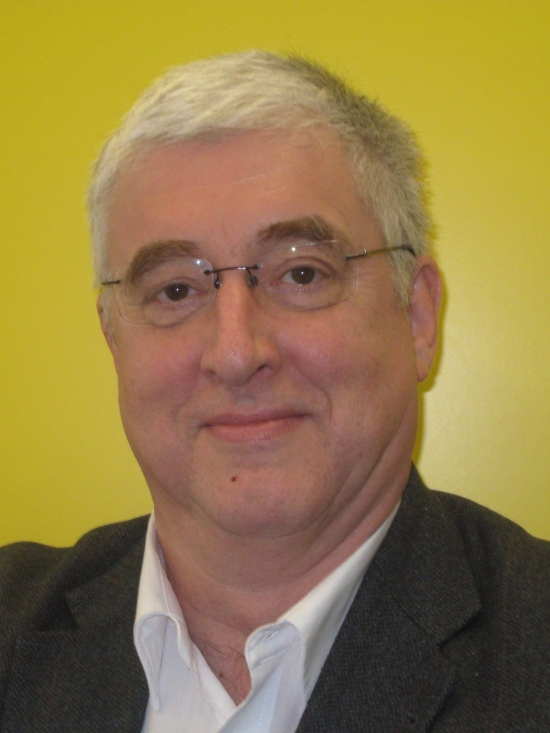Systems Seminar - ECE
The sympathy of pendulum clocks and network synchronization
Add to Google Calendar

In the 17th century the Dutch scientist Christiaan Huygens described an exciting experiment of synchronization of two pendulum clocks when hanging on beam. The experiment and the clear explanation of the phenomena he observed are remarkable at a time that the formal definitions of differential equations still had to come. In modern terms, Huygens' explanation would read as "the carrying beam serves as a platform that allows for energy transfer from one pendulum to another, and vice versa'. The purpose of the talk is to review the old Huygens' experiment, and show modern variations of it and how such ideas by now have penetrated engineering applications in cooperating robotics, cooperative adaptive cruise controlled cars and neural networks.
Henk Nijmeijer (1955) is a full professor at Eindhoven, and chairs the Dynamics and Control group. He has published a large number of journal and conference papers, and several books, and is or was at the editorial board of numerous journals. He is an editor of Communications in Nonlinear Science and Numerical Simulations. He is a fellow of the IEEE since 2000 and was awarded in 1990 the IEE Heaviside premium. He is appointed honorary knight of the "golden feedback loop' (NTNU) in 2011. He is since 2011 an IFAC Council Member. Per January 2015 he is scientific director of the Dutch Institute of Systems and Control (DISC). He is recipient of the 2015 IEEE Control Systems Technology Award. He is program leader of the Dutch research program "Integrated Cooperative Automated Vehicles' (i-CAVE). Since April 2017 he is director of the Graduate Program Automotive Technology of the Eindhoven University of Technology.
 MENU
MENU 
